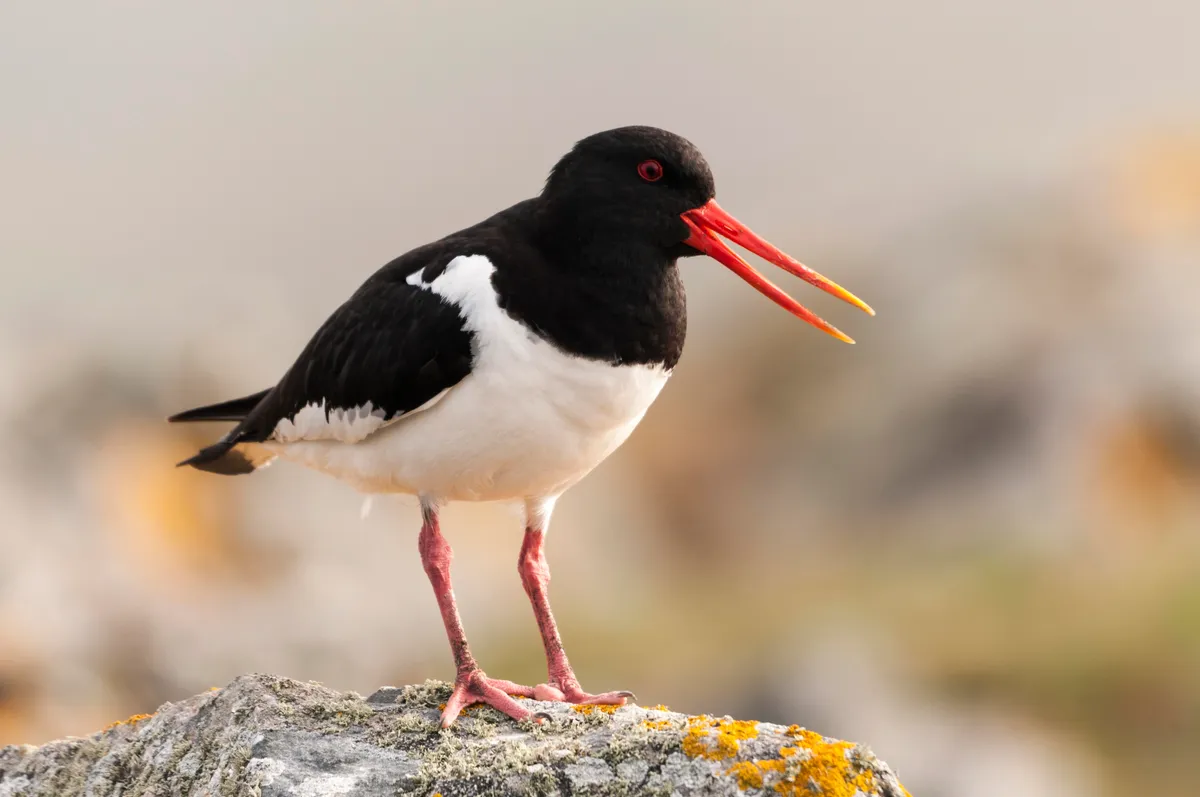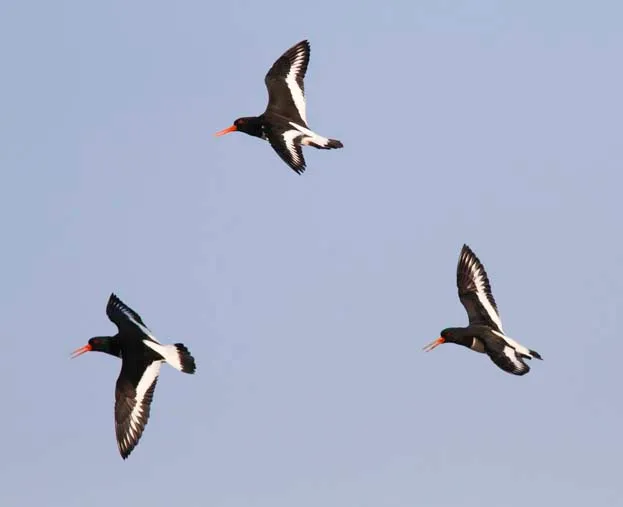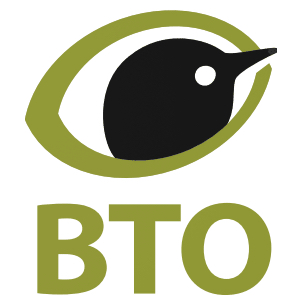1
How many oystercatchers are there in the UK?
Britain supports an internationally important number of wintering oystercatchers with up to 45 per cent of Europe’s population choosing to spend the winter here. Overall, the breeding population in England has increased to around 110,000 pairs, but there has been a significant decline in Scotland, the reasons for which are unclear. Due to these local declines, oystercatchers are Amber-listed in the UK and classed as Vulnerable in Europe as a whole.
2
What's the ideal habitat for an oystercatcher?
During the winter, oystercatchers are still very much a bird of tidal estuaries and rocky shores. During the breeding season, however, they can be found much further inland thanks to populations moving along linear waterways. In Aberdeen and other Scottish towns, they have even been known to nest on rooftops!

3
Do oystercatchers only eat oysters?
The main diet of the oystercatcher seldom involves oysters in the UK! They predominantly eat bivalves, including cockles and mussels. Given their reliance on shellfish, it is thought that in the past local declines may have been linked to the shellfish industry reducing the amount of available prey.
4
How do oystercatchers open shells to eat?
Individuals have two main techniques for handling their difficult prey. Some, which have shorter, blunter bills, specialise in hammering the prey through the shell. Others, with longer, pointier bills, prise the two shells apart.

5
How long do oystercatchers live for?
The longevity record for an oystercatcher stands at 40 years, one month and two days. Ringed as a chick in 1970, it was last caught by a bird ringer near the same place on the Wash in Lincolnshire in 2010. Amazingly, during all those years it has never been seen away from the site where it was first ringed.
6
How to identify oystercatchers
Oystercatchers are hard to miss. They are large black and white wading birds, with long, orange-red bills and reddish-pink legs. When they are in flight, they have an obvious white wing-stripe, a black tail and a white rump that extends as a ‘V’ between the wings. You often hear them before you see them, thanks to their loud ‘peep-ing’ call.
Oystercatchers might be one of the most easily recognisable waders in the UK, but some of them can be a lot trickier.
Take a look at our guide to identify some of our other waders here:
Photo © David Tipling/Getty
The British Trust of Ornithology (BTO) works in partnership with over 40,000 volunteer birdwatchers to chart the fortunes of UK birds.
The BTO coordinates the Wetland Bird Survey (WeBS), which monitors non-breeding waterbirds in the UK. This is a joint scheme of the BTO, RSPB and JNCC in association with WWT.
For more information about WeBS, including how to take part, please email webs@bto.org.

